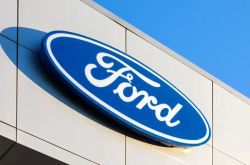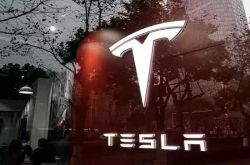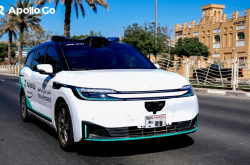Auto Companies Reaffirm Fuel Vehicle Importance: A Comeback or Diversified Strategy?
![]() 05/09 2025
05/09 2025
![]() 518
518
In recent years, the automotive industry has been in the throes of a transformation, with a significant shift towards new energy vehicles. This shift has been perceived as the general trend in the industry's development. However, lately, many auto companies have re-emphasized the importance of fuel vehicles, sparking speculation about a potential comeback for these traditional vehicles.
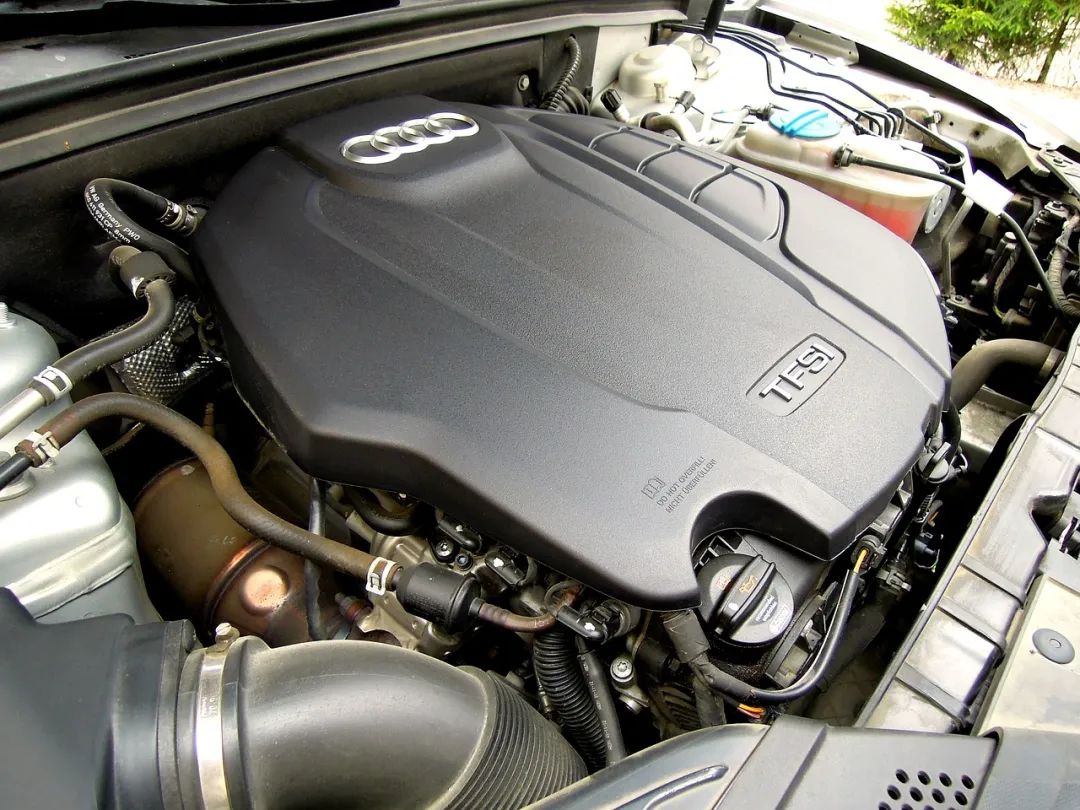
I. Many Auto Companies Are Emphasizing the Importance of Fuel Vehicles
According to Sina Tech, the CEO of Geely Auto Group recently revealed at the China EV100 Forum that Geely continues to view fuel vehicles as a crucial market segment and plans to increase investment in this area. He noted, "While new energy vehicles now account for over 50% of the market, fuel vehicles still represent a significant portion, around 40% to 45%. Given this substantial number, Geely will certainly allocate more funds to fuel vehicles."
IT Home's inquiry revealed that Geely Auto Group sold approximately 2.1766 million vehicles in 2024, a 32% year-on-year increase. Among these, new energy vehicles accounted for 41% of total sales, with 888,200 units sold, marking a 92% year-on-year growth. Looking ahead to 2025, Geely Auto aims to sell 2.71 million vehicles annually, including 2 million for the Geely brand, 320,000 for the Zeekr brand, and 390,000 for the Lynk & Co brand. The company's new energy sales target for 2025 stands at 1.5 million vehicles.
Similarly, at the same forum, Wu Huixiao, CTO of Great Wall Motors, mentioned that the company sold 450,000 vehicles overseas last year and emphasized that its business models are developed based on global standards. Regarding continued investment in fuel vehicles, Wu stated that the company would consider global market demand and continue to cater to global users in terms of engines and transmissions.
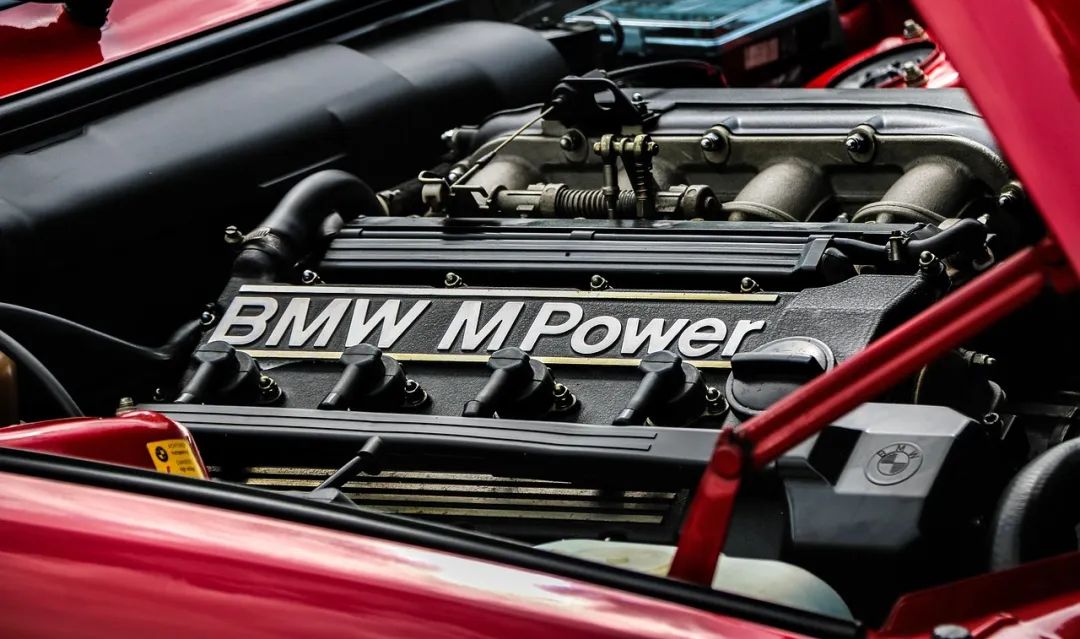
II. Are Fuel Vehicles About to Stage a Comeback?
Amidst the automotive industry's move towards full electrification, a notable phenomenon has emerged: many auto companies are reaffirming the importance of fuel vehicles. What does this shift signify?
Firstly, industry development is seldom linear. In the long history of automotive evolution, new energy vehicles are indeed seen as the future, but it's not surprising that companies are re-emphasizing fuel vehicles. The transition from fuel to new energy vehicles has never been a smooth process, and setbacks are to be expected. Given the automotive industry's inertia, fuel vehicles have over a century of history, with an extensive and complex industrial chain. From oil exploration and refining to the manufacture of vehicle parts, assembly, and a global sales and after-sales network, this system is deeply entrenched, with significant investments in capital, technology, and manpower. Additionally, consumer acceptance remains a key factor. Despite the rapid growth of new energy vehicles, a considerable portion of consumers still have deep emotional ties and usage habits with fuel vehicles. For seasoned drivers, the engine roar and gear-shifting sensations of fuel vehicles are familiar and cherished, ensuring a continued market foundation for these vehicles.
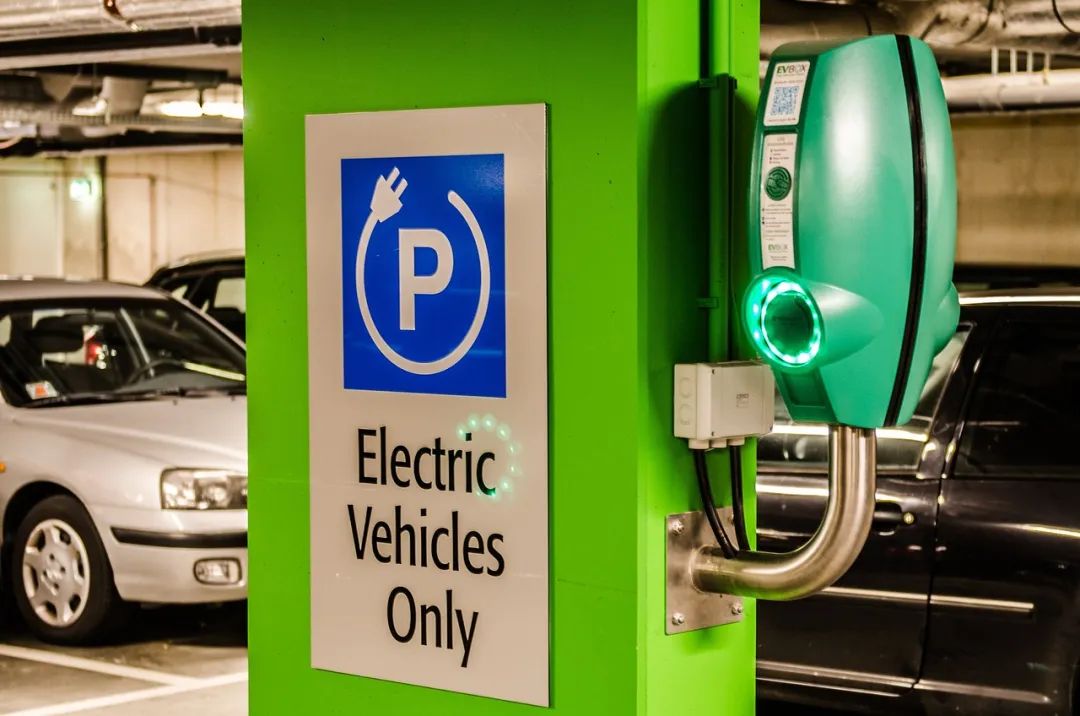
Secondly, fuel vehicles remain irreplaceable in various scenarios and regions. The uniqueness of the Chinese market underscores the large-scale irreplaceability of fuel vehicles. As a vast country with diverse geographical features, China's terrain varies widely from plateaus to plains and arid to humid regions. This diversity means that new energy vehicles may struggle to fully adapt to the specific needs of all regions in the short term. In particular environments, such as high altitudes, off-road activities in the northwest, and cold temperatures in the northeast, fuel vehicles exhibit unmatched advantages with their mature technology and stable performance.
Take plateaus as an example; the thin air leads to reduced oxygen content, directly affecting engine efficiency. However, fuel engines, optimized through long-term development, can better adapt to such environmental changes, providing stable and reliable power output. In extremely cold weather, electric vehicle batteries experience significant efficiency drops, longer charging times, and potential start-up issues. In contrast, fuel vehicles do not face these problems. Hence, in these specialized applications, fuel vehicles maintain an irreplaceable position. For instance, despite the early electrification of the high-speed rail industry, almost every railway bureau maintains diesel locomotives for disaster preparedness, valuing the ultra-high stability of diesel engines in extreme weather conditions.

Thirdly, the global market for fuel vehicles remains vast. From a global perspective, opportunities for fuel vehicles are still abundant. In underdeveloped regions like Asia, Africa, and Latin America, infrastructure is relatively weak, and charging networks are sparse. In these areas, the convenience of refueling fuel vehicles makes them the preferred choice for car buyers. Additionally, consumers in these regions have lower incomes, and the higher prices and maintenance costs of new energy vehicles often exceed their affordability. Conversely, fuel vehicle technology is mature, prices are relatively affordable, and the maintenance and repair system is comprehensive, better aligning with local consumer needs. India, for instance, is dominated by fuel vehicles primarily due to insufficient infrastructure for new energy vehicles and price-sensitive consumers. The lower purchase and usage costs of fuel vehicles make them more attractive.
This explains why many auto companies are expanding overseas. Many joint venture auto companies are now focusing not just on the Chinese market but also leveraging China's manufacturing cost-effectiveness to produce fuel vehicles for global export, particularly to emerging economies in Asia, Africa, and Latin America. This path of overseas sales through Chinese manufacturing has become a common strategy for auto companies with weaker competitiveness in China.
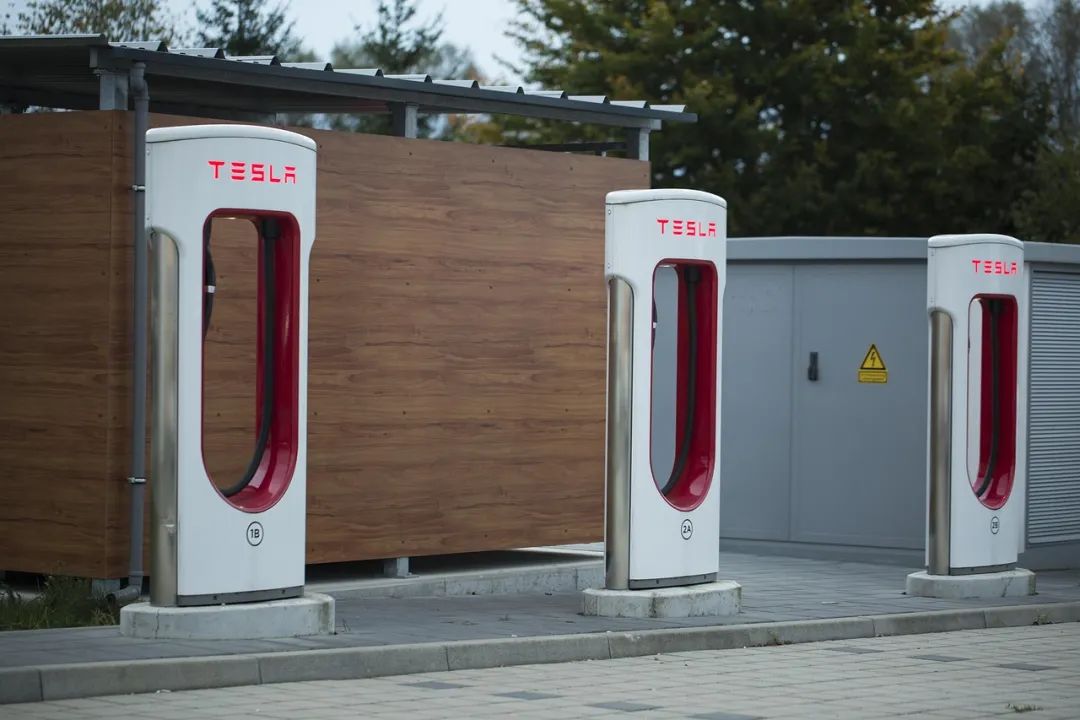
Fourthly, while new energy vehicles represent the general trend, the road ahead will not be smooth. In the long run, the development of new energy is inevitable. As the global community places greater emphasis on environmental protection, reducing greenhouse gas emissions has become a consensus. New energy vehicles offer significant advantages in terms of zero or low emissions. Additionally, continuous technological advancements will drive improvements in driving range, charging speed, and battery life for new energy vehicles. Especially as China progresses towards the "dual carbon strategy," the energy utilization of new energy vehicles aligns with national strategy and energy self-sufficiency needs.
However, it's undeniable that the long-term coexistence of fuel and new energy vehicles is highly likely. On one hand, as mentioned earlier, fuel vehicles play an irreplaceable role in specific environments and market demands. On the other hand, auto companies will continue to enhance fuel vehicle efficiency and reduce emissions through technological innovation. Both new energy and fuel vehicles have their own development spaces and are unlikely to fully replace each other in the short term. Their coexistence, marked by a complex interdependence, is the most plausible scenario.
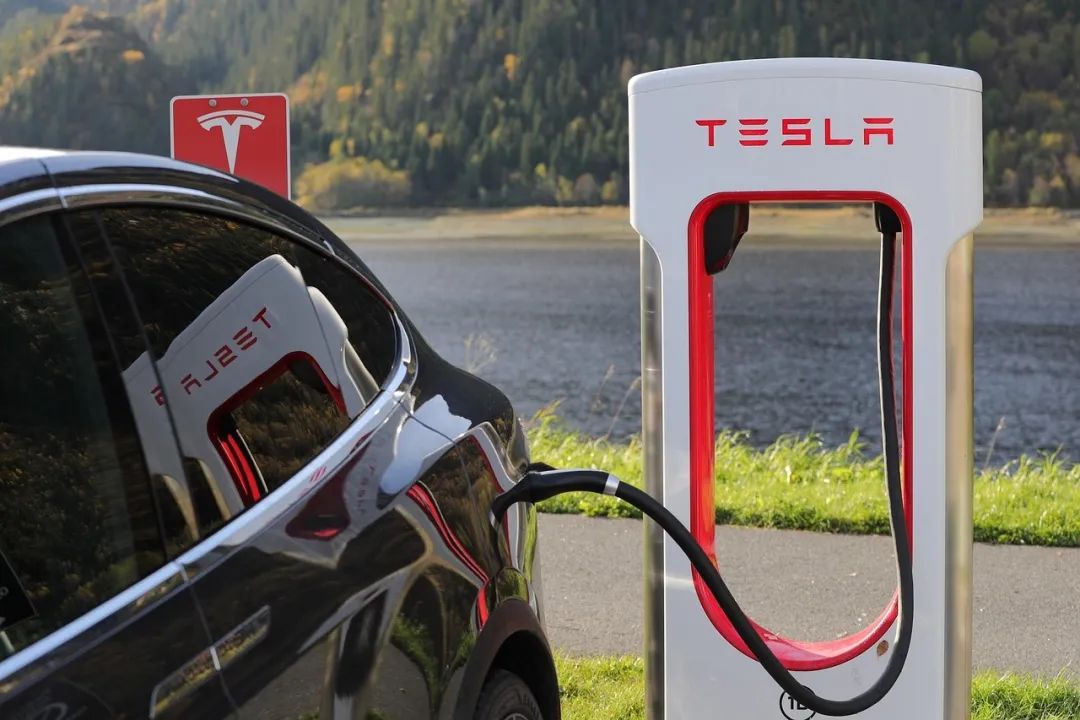
Therefore, the reaffirmation of fuel vehicle importance by many auto companies does not indicate an imminent comeback but rather a rational return and diversified development strategy amidst the automotive industry's electrification transition. For a considerable period, fuel and new energy vehicles will complement each other, which is perhaps the most likely situation we will witness.

